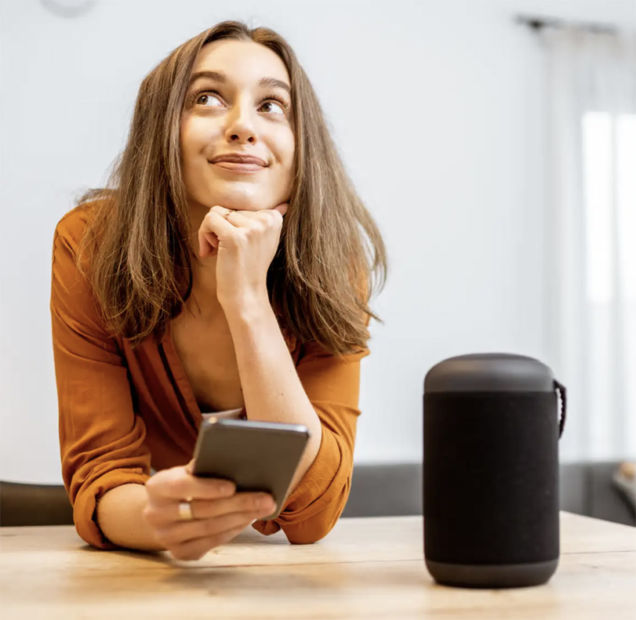Smart homes top 100m in Europe and North America
- May 3, 2022
- Steve Rogerson

The number of smart homes in Europe and North America reached 105m in 2021, according to research from IoT analyst firm Berg Insight.
The smart home market is North America had an installed base of 51.3m smart homes at the end of the year. This represents a penetration rate of 36 per cent.
During 2021, the number of smart homes in North America grew 13 per cent year-on-year. The strong market growth is expected to continue in the next years. By 2026, Berg estimates that about 74.6m homes in North America will be smart, equal to half of all homes in the region.
There were 53.7m smart homes in Europe at the end of 2021. The installed base in the region is forecasted to reach about 100m homes at the end of 2026, representing a market penetration of 42 per cent.
The most popular smart home products include thermostats, light bulbs, security cameras, door locks, plugs and speakers. These products, which combined have sold in the hundreds of millions, are marketed by incumbent OEMs such as Signify, Resideo, Danfoss, Belkin, Chamberlain and Assa Abloy and newer entrants such as Ecobee, Mysa, Nuki, Arlo, Netatmo, Ikea and Wyze Labs.
The market for whole-home systems is served by traditional home automation specialists, home security providers, telecoms operators and DIY providers.
In North America, interactive home security systems have emerged as one of the most common types of smart home systems. The largest home security providers include ADT, Vivint and Comcast. In Europe, traditional home automation systems and DIY products are more common as whole-home systems. EQ-3, Centrica, Verisure and Somfy are the largest vendors of whole-home systems in the region.
The installed base of whole-home systems in Europe and North America amounted to 20m and 30m systems, respectively, at the end of 2021.
Smart and connected home products are now becoming ubiquitous and in many categories connectivity is a standard feature. However, a connected product does not automatically equal an intelligent one that adds real value for homeowners.
“There is much left to work on for the participants in the smart home market before the true smart home is realised, in which products and systems from different vendors works seamlessly together and automatically make adjustments optimised for the individual user,” said Martin Bäckman, senior analyst at Berg.
Developments on the software side are key to make this a reality.
“The much-anticipated smart home standard Matter, which is planned to be launched during 2022, holds great potential to solve many of the issues that hampers adoption of smart homes today,” said Bäckman.





